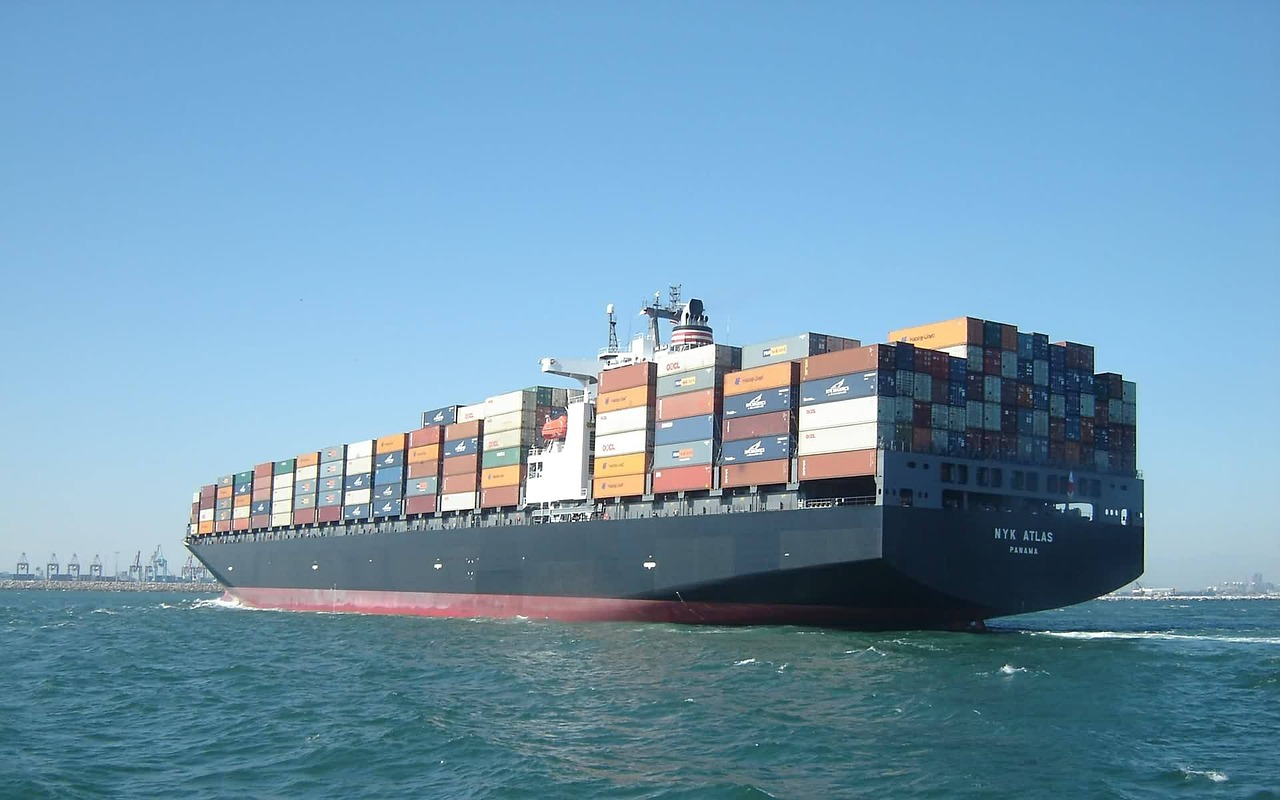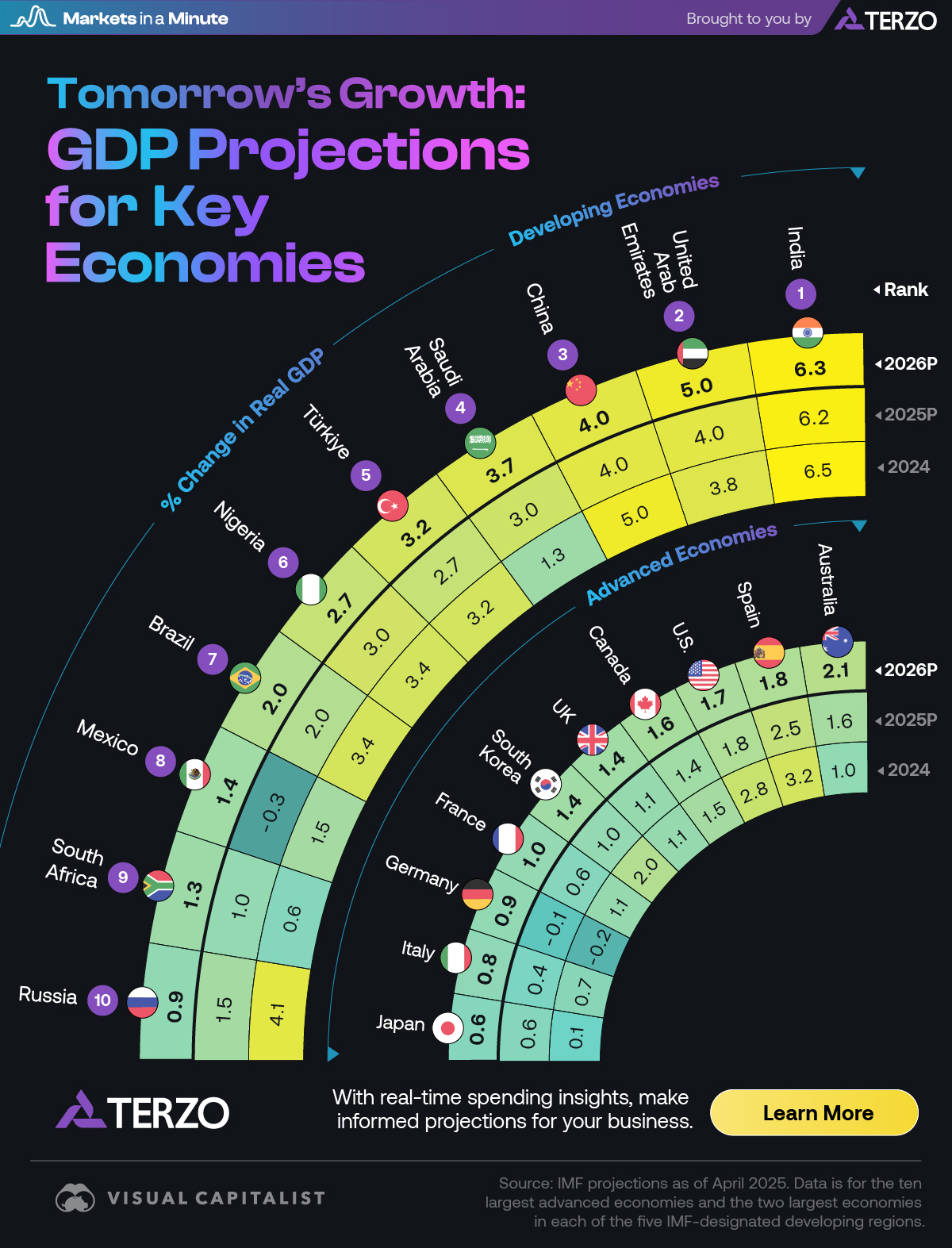
The Role of Export-Led Growth in Sustainable Development

The wisdom of pursuing a strategy of export-led growth has been discussed among development economists for at least half a century, ever since the so-called East Asian “miracle” started to be contrasted with the comparatively sluggish growth experience of countries like India that were pursuing, in the World Bank’s language, an “inward looking” development strategy. This entire discussion, however, has missed an element that plays a crucial role in real life.
Autonomous and Induced Expenditures
Among the various expenditures that constitute aggregate demand in an economy, some are autonomous while others are induced by the growth of aggregate demand itself. Exports and government expenditure are generally considered to be the two main autonomous items: consumption, for any given distribution of income, is supposed to be dependent on the level of income itself.
There is no doubt an autonomous element in consumption, too, that is independent of income, but the spontaneous growth in this element becomes pronounced only in certain situations, for instance when goods hitherto unavailable to consumers suddenly become available.
The growth of demand and hence of output in an economy depends on the growth of the autonomous element of demand. In a neo-liberal economy where being open to cross-border financial flows imposes limits on the fiscal deficit relative to GDP and also practical constraints on the government’s ability to tax the rich and stimulate demand without raising the fiscal deficit, exports become the main stimulus for growth. A neo-liberal economy, in short, is characterised by primary reliance upon export-led growth.
But the export-led growth strategy is not confined only to a neo-liberal setting. The government can deliberately encourage exports, rather than enlarging its own expenditure for expanding the home market, in which case we can have export-led rather than government expenditure-led growth, but with the government still being pivotal to growth; indeed, many argue that this was the case with East Asian countries.
Different Categories of Countries
We must distinguish between two cases among countries pursuing an export-led growth strategy: one where the countries systematically earn large current account surpluses and thereby build up their foreign exchange reserves, China being a prime example.
In the case of such an economy, any adverse development in the world economic situation makes a difference only to the magnitude of the current account surplus, which affects the magnitude of accumulated foreign exchange reserves only marginally. Therefore, the country can ride out such an adverse development without experiencing any crisis.
Many other countries, however, belong to the second category, where they run more or less perennial current account deficits, balance their payments through private financial inflows, and even when they build up foreign exchange reserves these are financed through borrowings, including from private financiers. India belongs to this category, as do the countries of South Asia in general, and indeed most countries of the global south.
In the case of this second group of countries, if there is a widening of the current account deficit because of some exogenous reason, whether a pandemic-induced reduction in tourist earnings (as in the case of Sri Lanka), or a Ukraine War-induced increase in import prices, or a world recession-induced fall in export earnings (both the last two have happened in the case of Bangladesh), its impact on the economy gets exaggerated because of the behaviour of private agents in general, and of private financiers in particular. This is because, when there is a widening of the current account deficit, and hence a greater need for private financial inflow, this very widening causes a greater financial outflow.
Private financiers expect the currency of the country that has seen a widening of its current deficit to depreciate, and hence, concerned exclusively with their own interest, take funds out of the country, thereby intensifying the foreign exchange problem for it. In fact, if things were left exclusively “to the market”, it is not clear that the country would ever reach an equilibrium in the foreign exchange market. But that is when the country approaches the IMF, and a loan from it creates expectations among private financiers that the depreciation of the exchange rate would be arrested, so that the foreign exchange market can come to some sort of an equilibrium.
The Pitfalls of Export-Led Growth
But the IMF demands a heavy price for giving a loan, in the form of a reduction in welfare spending, a winding down of the public distribution system, a handing over of the nation’s assets to foreigners (sometimes called “denationalisation” of assets) and so on.
It is this exaggeration of an initial shortfall in foreign exchange to a huge shortfall because of the behaviour of private finance that occurs over an extremely brief period and pushes the country to the steely embrace of the IMF, which explains why countries suddenly go from being “miracles” to mendicants.
The problem with export-led growth is precisely this: its apparent success can evaporate in a jiffy; and this happens when the pursuit of export-led growth makes the country dependent on the whims and caprices of globalised finance, as it invariably does for meeting a current deficit.
We have seen this happen in our neighbourhood, even to countries like Sri Lanka and Bangladesh which had notched up relatively impressive human development achievements.
With the world economy stagnating, and exports of several Third World countries being hit by such stagnation, the list of mendicant countries is likely to grow in the coming days; and India despite its economic size and the large size of its foreign exchange reserves (though these are built up not from current account surpluses but from financial inflows) is by no means immune from it.
The Importance of Sustainable Development Goals (SDGs)
The only saving grace in India’s case is its foodgrain self-sufficiency (though at very low levels of consumption) and external relations that would allow oil imports from countries “sanctioned” by imperialism. Even foodgrain self-sufficiency, however, would have disappeared if the Narendra Modi government’s three farm laws had been implemented; but the kisans saved the day for the country.
Even without any change on the trade front, too, there can be a spontaneous outflow of finance, triggered by any of a host of factors, including a change in the ruling party of a country, or a change in the cabinet composition within the same ruling party. Such an outflow, by causing a depreciation of the exchange rate, would encourage a further outflow; and so on.
Any initial disturbance in the foreign exchange market
SDGs, Targets, and Indicators Analysis
1. Which SDGs are addressed or connected to the issues highlighted in the article?
- SDG 8: Decent Work and Economic Growth – The article discusses the strategy of export-led growth and its impact on the economy, which is directly related to the goal of promoting sustained, inclusive, and sustainable economic growth.
- SDG 10: Reduced Inequalities – The article mentions the distribution of income and the impact of export-led growth on different countries, highlighting the potential inequalities that can arise.
- SDG 17: Partnerships for the Goals – The article mentions the role of globalized finance and the IMF in addressing financial outflows and balance of payments problems, which relates to the goal of strengthening global partnerships for sustainable development.
2. What specific targets under those SDGs can be identified based on the article’s content?
- SDG 8.1: Sustain per capita economic growth in accordance with national circumstances and, in particular, at least 7 percent gross domestic product growth per annum in the least developed countries – The article discusses the pursuit of export-led growth as a strategy for economic growth.
- SDG 8.10: Strengthen the capacity of domestic financial institutions to encourage and expand access to banking, insurance, and financial services for all – The article mentions the role of private financiers and their behavior in response to current account deficits.
- SDG 10.4: Adopt policies, especially fiscal, wage, and social protection policies, and progressively achieve greater equality – The article highlights the potential inequalities that can arise from pursuing an export-led growth strategy.
- SDG 17.3: Mobilize additional financial resources for developing countries from multiple sources – The article mentions the role of the IMF and its loan conditions in addressing balance of payments problems.
3. Are there any indicators mentioned or implied in the article that can be used to measure progress towards the identified targets?
- Export growth rate – This indicator can measure the progress towards SDG 8.1, as it reflects the success of export-led growth strategies in promoting economic growth.
- Financial outflows/inflows – This indicator can measure the behavior of private financiers and their impact on current account deficits, contributing to SDG 8.10.
- Gini coefficient or income distribution measures – These indicators can measure the level of inequality and progress towards SDG 10.4, as they reflect the impact of export-led growth on income distribution.
- IMF loan conditions – This indicator can measure the extent to which countries rely on IMF loans and the conditions imposed, contributing to SDG 17.3.
Table: SDGs, Targets, and Indicators
| SDGs | Targets | Indicators |
|---|---|---|
| SDG 8: Decent Work and Economic Growth | 8.1: Sustain per capita economic growth in accordance with national circumstances and, in particular, at least 7 percent gross domestic product growth per annum in the least developed countries | Export growth rate |
| SDG 10: Reduced Inequalities | 10.4: Adopt policies, especially fiscal, wage, and social protection policies, and progressively achieve greater equality | Gini coefficient or income distribution measures |
| 10.x: Other targets related to reducing inequalities | Not mentioned in the article | |
| SDG 17: Partnerships for the Goals | 17.3: Mobilize additional financial resources for developing countries from multiple sources | IMF loan conditions |
Behold! This splendid article springs forth from the wellspring of knowledge, shaped by a wondrous proprietary AI technology that delved into a vast ocean of data, illuminating the path towards the Sustainable Development Goals. Remember that all rights are reserved by SDG Investors LLC, empowering us to champion progress together.
Source: newsclick.in

Join us, as fellow seekers of change, on a transformative journey at https://sdgtalks.ai/welcome, where you can become a member and actively contribute to shaping a brighter future.






